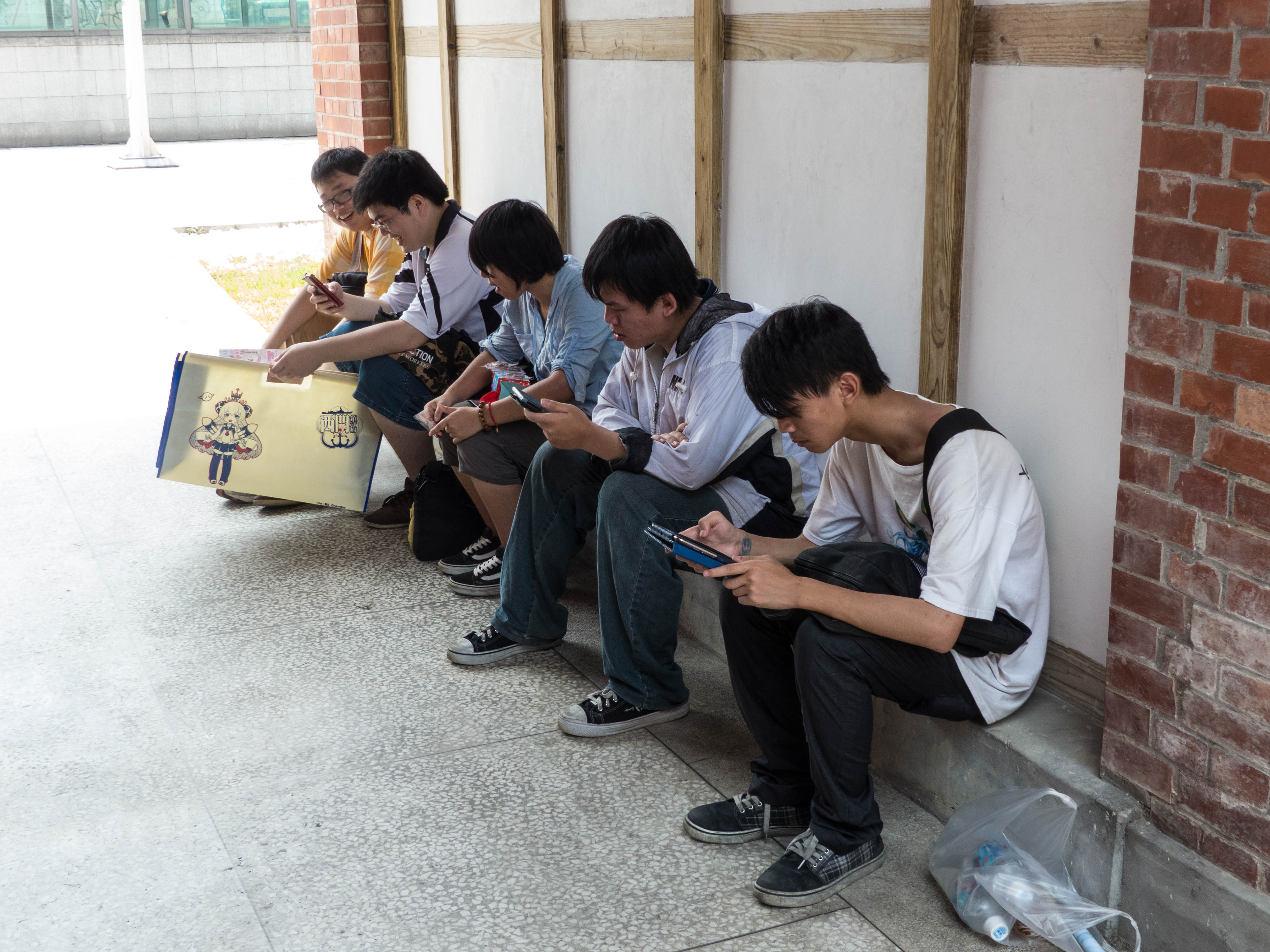Smartphone usage has dramatically increased since the iPhone’s conception in 2007, and even more so in the past 5 years. In 2011, only 55% of Americans owned a smartphone. Last month alone, 77% of Americans admittedly owned and used smartphones. This statistic becomes more jarring when taking into consideration that 92% of 18-29 year olds own smartphones. It has been debated that this increase in smartphone usage has created negative implications on face-to-face communication. With the great increase in mobile technology and smartphone usage comes the question of how communication has been negatively changed as a result.
Since the increase in popularity of technology in recent years, this technological obsession has spread to every day communication. In McKinnon and Fitzpatrick’s Institute of Transportation Engineers volume 10 article “There’s an App for That!”, the authors describe smartphones as the immediate solutions for almost any daily activity: maps/navigation, news updates, sports streaming, and even simple conversations with friends and family. To bring awareness to the increased usage of smartphones, software developers created the Moment app which tracks how often a smartphone is picked up, as well as what apps are used the most. It’s hard to ignore the nagging desire to periodically check Snapchat and Instagram, or even quickly google something, possibly even play a game while waiting in line for lunch. In other words, smartphones have an array of applications with which to preoccupy their users and serve as distractions.
This issue of turning to smartphones in any spare moment leads to the problem that smartphones cause with everyday conversations. People become less accustomed to focusing on the present and lose sight of the importance of face-to-face communication. When people develop the habit of taking out their phones at any free period, they lose the drive to communicate with people in person because the vast capabilities of the device are more stimulating than the conversations.
Although people feel uncomfortable talking to others in person, they feel accomplished in being able to talk to a variety of different people through their smartphones. By simultaneously linking the smartphone user to hundreds of other smartphone users, it becomes tempting for people to focus lots of their attention on one aspect of the smartphone: social media. Since there are times when this may be the only form of communication available, using social media does not always result negatively. However, this technology becomes problematic when the smartphone user prefers this type of communication over face-to-face interaction. In her Atlantic article, “A New Kind of Social Anxiety in the Classroom”, Alexandra Ossola discusses how younger children have been using this aspect of smartphones to avoid the process of building social skills during in-person interactions. It is debated that some smartphone users go on their phone to avoid certain aspects of everyday conversation like the stigmatization of social anxiety. After a while, people become accustomed to looking at their phone to communicate, rather than talking with someone else face-to-face. This habit can make people feel uncomfortable with talking to others in person, creating social anxiety.
Colin Emerson: Lowering Attention Spans and Killing Social Skills |
Bailey Honig: Smartphones and Social Anxiety |
Lindsay Carter: The Art of Phubbing |
Smartphones and Communication: Additional Resources |
